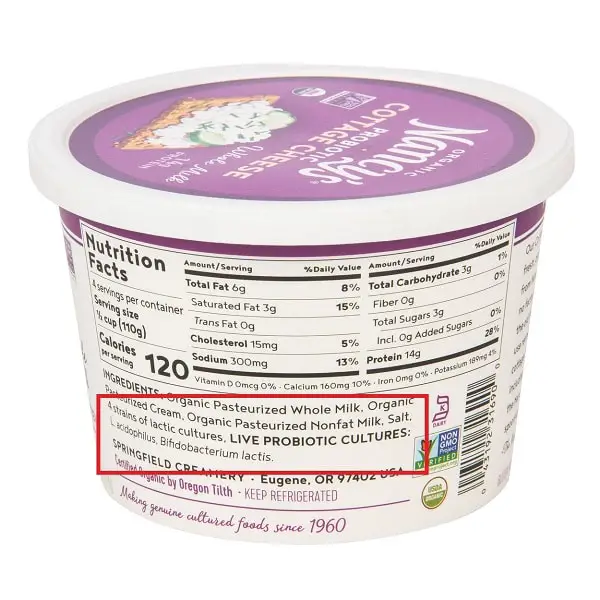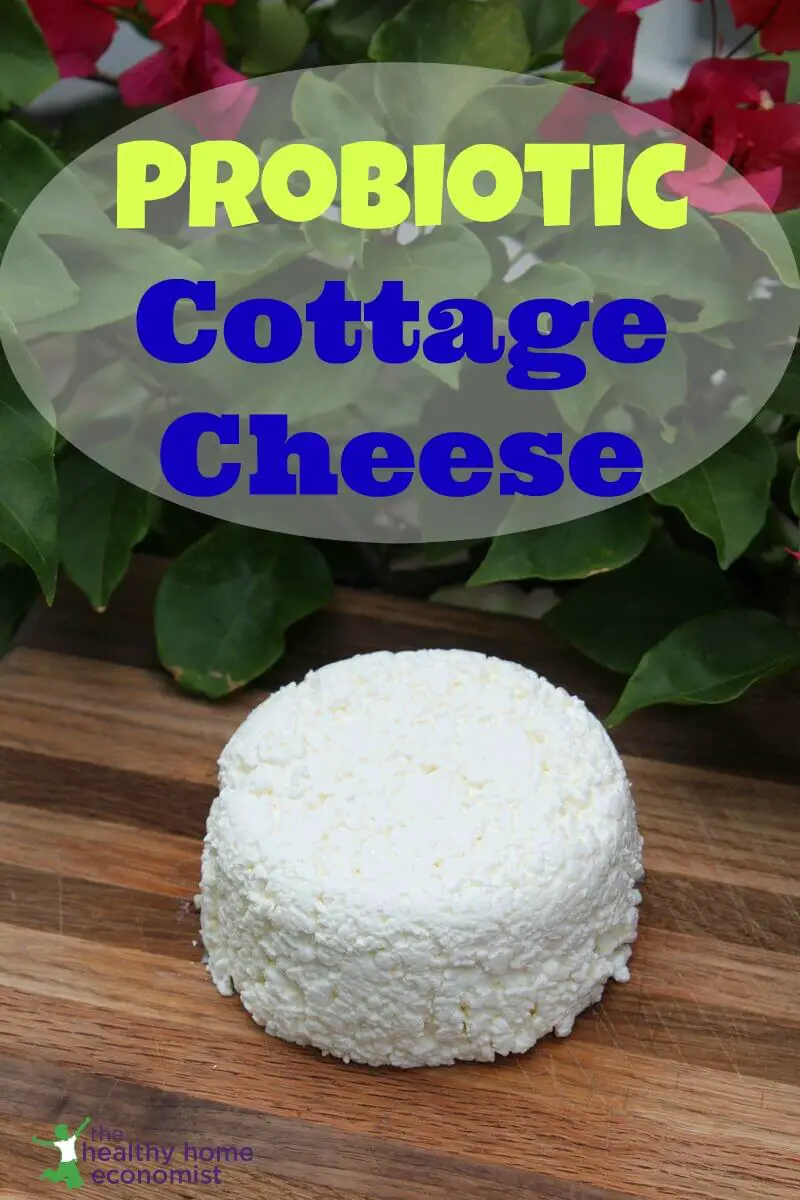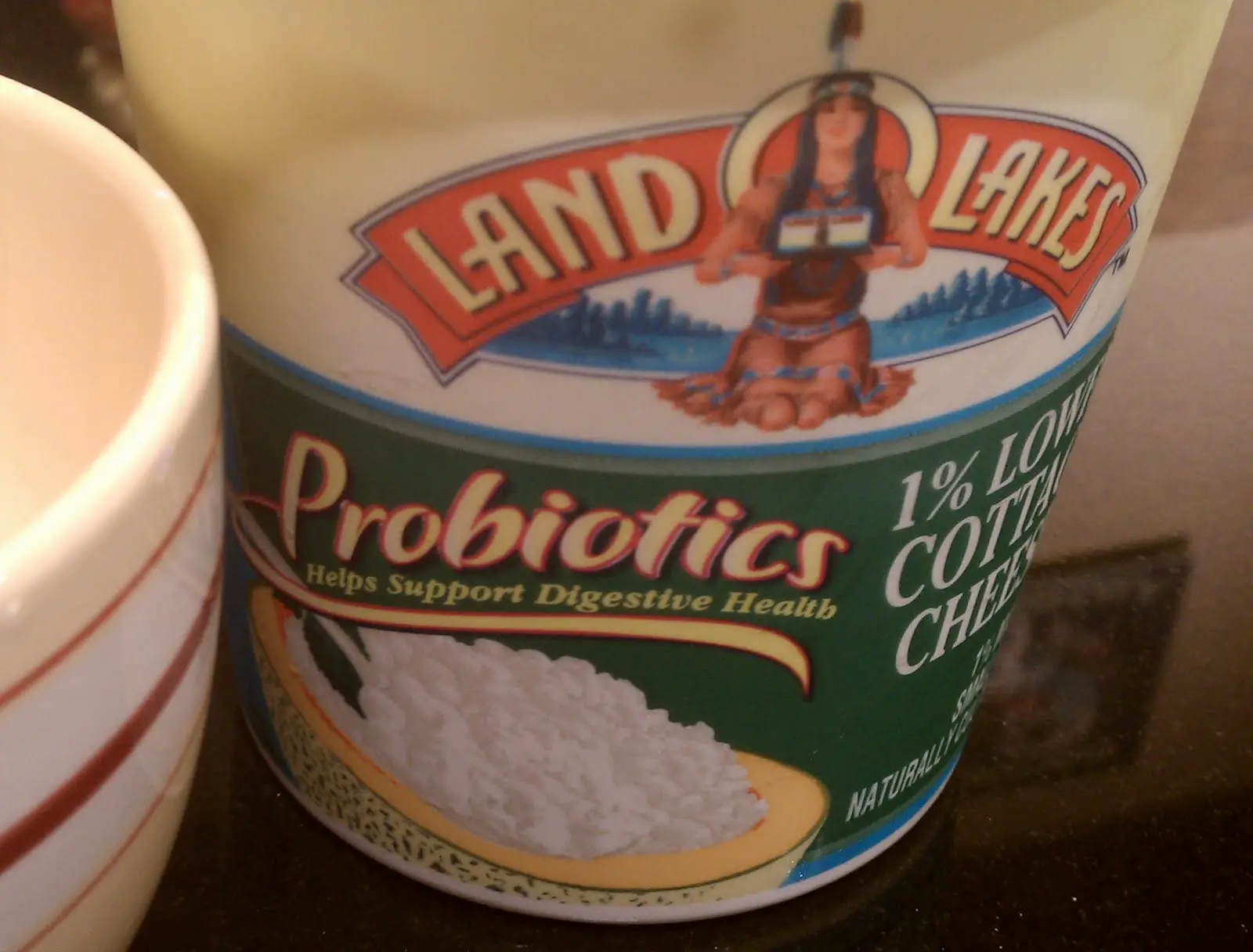How Much Does Instacart Delivery Or Pickup Cost
- Delivery fees start at $3.99 for same-day orders over $35. Fees vary for one-hour deliveries, club store deliveries, and deliveries under $35.
- Service fees vary and are subject to change based on factors like location and the number and types of items in your cart. Orders containing alcohol have a separate service fee.
- Tipping is optional but encouraged for delivery orders. It’s a great way to show your shopper appreciation and recognition for excellent service. 100% of your tip goes directly to the shopper who delivers your order.
- There may be a “pickup fee” on your pick up order that is typically $1.99 for non-Express members. Express membership waives this like it would a delivery fee.
- Pick up orders have no service fees, regardless of non-Express or Express membership.
Options For Finishing Cottage Cheese:
There are three options for finishing cottage cheese.
Does Cottage Cheese Help Lower Triglycerides
Triglycerides are dietary fats. If your triglyceride levels are higher than 150 milligrams per deciliter, you may be more likely to develop heart disease and pancreatic disorders. Eating foods high in sugar, starch, refined grains, trans fat and saturated fat can significantly increase your triglyceride levels. To help keep your triglycerides within a healthy range, choose low- or non-fat cottage cheese. These types of cottage cheese won’t actively lower your triglyceride levels, but they will help you avoid the saturated fat contained in full-fat cottage cheese.
You May Like: How Much Does Shredded Cheese Cost
Cottage Cheese Vs Yogurt: Which Is Healthier
Calories, Protein, and Fat Content
While 1 cup of yogurt has 141 calories, 1 cup of cottage cheese has 86. It shows the yogurt is a high-calorie food, while cottage cheese is not. Although both food items are high on protein, 1 cup of yogurt has 18 more grams than the cottage cheese at 28. The fat content of both is not equal, with 3 grams in one cup of yogurt and 2 grams in a cup of cottage cheese.
The main difference between these two dairy products is that the yogurt has been fermented with lactic acid bacteria, while cottage cheese has no similar microorganisms. Moreover, yogurt contains more protein than cottage cheese but less fat and carbohydrates. However, to provide your body with all essential nutrients, you can use either fruit or honey to add cottage cheese.
Considering all the above points, there is no doubt that yogurt would be healthier for you to eat than cottage cheese. Given that it has fewer calories and fat content, white color , and high protein level, it is one of the best foods for your heart. However, if you are looking for low-sodium, salt-free, and lower-calorie food, you should go with cottage cheese.
Answering this question squarely, I would say that you can freely choose one of these dairy products without worrying about your health. But if you are asking my personal opinion, I prefer yogurt to be on my breakfast menu as it provides more protein than cottage cheese.
Should I Take Probiotic Supplements

Probiotic supplements are pills, powders, or liquids that contain live beneficial bacteria or yeast.
Theyre very popular and easy to find, yet not all of them are worth your money. They do not all have the same types of bacteria or the same concentrations. There are also many products on the market making claims with no proof of efficacy .
They also usually do not come with fibrous food sources for the bacteria to eat, which can hinder their effectiveness if someone isnt also eating those foods.
Some probiotic supplements are designed to carry the bacteria all the way to your large intestine for better effects, while others probably dont make it past your stomach acid .
There are some individuals who should not take a probiotic, or who may experience worsened symptoms if they do, such as people with small intestinal bacterial overgrowth or people sensitive to ingredients in the supplement.
However, the right strains of probiotics can be incredibly beneficial for some people. It depends on the type of strain, product formula, the quality of the product, and storage. (
Recommended Reading: What You Need To Make Mac And Cheese
Does Cottage Cheese Provide Good Bacteria
Bacteria known as probiotics are microorganisms that are beneficial to your body. These probiotics, or “good bacteria,” may inhibit the function of harmful bacteria. They may also support the function of the immune system and help maintain a proper balance of bacteria in the digestive tract. Cottage cheese contains Lactobacillus casei, a probiotic that may contribute to digestive heath and even play a role in preventing bladder and vaginal infections. More research on the benefits of good bacteria like Lactobacillus casei is needed, but there is no known harm in eating probiotic-rich foods like cottage cheese, reports MayoClinic.com.
Cheese Can Improve Gut Health
Cheese lovers, rejoice! Now you can celebrate the taste, andâaccording to new studiesâalso celebrate its health-boosting nutrients. You see, cheese isnât just good for building strong bones, like we were taught in school as a kid. Certain types of cheese are chock-full of friendly bacteria, or probiotics, which keeps your microbiome happy and healthy. 1
Probiotics continue to be credited with many positive health benefits. They can help to block or ease symptoms of a variety of health issues, including diarrhea, yeast and urinary tract infections, irritable bowel syndrome, skin and autoimmune conditions, colds and flu, heart disease, and other serious illnesses. 2
But hereâs the catch â live probiotic cultures only thrive in raw cheese.
Read Also: How To Make Mexican Cheese Dip
What Exactly Are Probiotics
Probiotics are living organisms, such as bacteria or yeast, that are believed to improve gut health .
The body actually contains good bacteria. Normally, the body has a healthy plethora of good bacteria in the gut, but when that ratio gets thrown out of wack like when were taking antibiotics ingesting probiotics can help replace the balance.
Probiotics are now available in supplements and theyre also added to many foods. But there are many foods where they are naturally occurring, and thats what were going to talk about today.
Here are 8 easy ways you can get more probiotics in your body.
Melt Organic Probiotic Buttery Spread
Melt Organic‘s blend of coconut, sunflower, and flaxseed oils is spiked with a patented probiotic called GanedenBC30. The makers of the product claim that the bacteria survives 10 times better in the gut than yogurt cultures, and, in turn, can bolster immunity and digestive health more effectively. “GanedenBC30 contains the probiotic strain, Bacillus coagulans GBI-30, 6086. This strain is different than the standard probiotic strain, Lactobacillus, which is more commonly found in probiotic products,” explains Koszyk. “Some research has suggested GanedenBC30 might increase immune system functions and decrease harmful gut bacteria. However, there is currently not enough research to guarantee specific benefits claims.”
The Bottom Line: Fermented foods like sauerkraut and green olives are likely more potent sources of probiotics than a man-made buttery spread spiked with gut bugs. However, if you’re interested in getting extra probiotics in, Koszyk gives you the green light. “I wouldn’t depend on it as your sole source since there’s no way to know how many of the probiotics are actually making it into your system. That said, it is a source of a less common probiotic, and consuming various strains can only benefit gut health,” she explains.
Don’t Miss: Where To Buy Dairy Free Cream Cheese
Cottage Cheese Detoxifies The Body
Each and every single day we find ourselves exposed to harmful toxins.
When these toxins are allowed to build up and accumulate, they can potentially cause lasting damage.
Cottage cheese helps to detoxify the body because it contains phosphorus.
Phosphorus is the second-most abundant mineral which is found within the human body.
It plays an essential role in the removal of toxins from the body and it helps to eliminate waste.
The probiotics found in the cheese also help to keep the digestive tract healthy, which in turn assists with the removal of waste products via bowel movements.
Which Is Better For You Cottage Cheese Or Yogurt
Which is better for you, yogurt or cottage cheese? This question has been asked numerous times and debated extensively. There are many factors to consider when deciding which is healthiest. Calories, calcium, protein content all play a role in determining if one food or the other would be healthier for us.
Below are some of the details that would help you decide which one would be more beneficial to your diet.
You May Like: What Cheese Has The Least Calories
Which Foods Are Probiotic
There are also many probiotic foods that naturally contain helpful bacteria, such as yogurt.
A high quality, plain yogurt with live cultures can be a fantastic addition to your diet if you want to add beneficial bacteria.
Fermented foods are another great option, as they contain beneficial bacteria that thrive on the naturally occurring sugar or fiber in the food.
Examples of fermented foods include:
- other pickled vegetables
If youre going to eat fermented foods for their probiotic benefits, make sure theyre not pasteurized, as this process kills the bacteria.
Some of those foods can also be considered synbiotic, because they contain both beneficial bacteria and a prebiotic source of fiber for the bacteria to feed on.
Some examples of synbiotic foods are cheese, kefir, and sauerkraut.
Summary:
Probiotic foods naturally contain helpful bacteria. Many of these foods can be made at home or purchased at a grocery store.
Can You Freeze Food Containing Cottage Cheese

You can freeze cooked dishes like lasagna that contain cottage cheese without a change in the cheese’s texture or taste, but beware of freezing cottage cheese on its own, advises the cooking site The Kitchn. The curds and whey in frozen creamed cottage cheese will separate during thawing, causing the cheese to become watery and grainy. While you can still eat and cook with this cottage cheese, it won’t resemble its original appearance and texture. “Good Housekeeping” reports you can successfully freeze dry-curd and uncreamed cottage cheese since these types won’t separate when thawed.
Also Check: Where Can I Buy Mac And Cheese
How To Use Tempeh
Both versatile and nutritious, tempeh is easy to incorporate into your diet.
Tempeh is typically marinated or seasoned to increase flavor, then crumbled, baked, steamed, or sautéed and added to dishes. It can be used in everything from sandwiches to stir-fries.
Here are a few other delicious ways to use tempeh:
Why You Need Probiotics
You need probiotics to keep your body balanced.
When you get sick, good bacteria fight off the increased amount of bad bacteria to keep your levels as close to neutral as possible.
One of the most significant benefits of probiotics is that they ease symptoms of digestive issues, such as:
- Irritable bowel syndrome
Here are seven foods high in probiotics:
1. Yogurt
Yogurt is made by culturing milk with bacteria that produce lactic acid, such as Lactobacillus bulgaricus and Streptococcus thermophilus, although more strains can also be added. If yogurt is heat-treated, it loses its probiotic contents.
2. Buttermilk
Several different fermented dairy products are referred to as buttermilk, but the only kind that contains live probiotic cultures is the liquid that remains after butter is produced. Many types of buttermilk you would find in the grocery store do not actually contain live probiotics, so make sure to read the label closely.
3. Sourdough Bread
This kind of bread is traditionally made with fermented flour that contains healthy bacteria. However, not all brands use this method .
4. Cottage Cheese
Because cottage cheese is not aged or heated, it maintains a high amount of probiotics. Other cheeses that often contain probiotics include:
- Swiss
- Gruyère
5. Tempeh
Tempeh is a soy-based food that provides numerous health benefits. In addition to probiotics, tempeh provides an excellent source of fiber, protein, and iron.
6. Sauerkraut
7. Miso Soup
Don’t Miss: Where To Buy Provel Cheese
Savor More Soft Cheeses
Probiotics in food are beneficial for health, but only if they are tough enough to withstand stomach acid and the make it all the way to your intestines. The makeup of soft cheeses is ideal for delivering probiotics to the gastrointestinal tract. The pH of a cheese affects the ability of probiotics to survive and grow in the intestines. For this reason, soft cheese is likely better than yogurt for delivering intact probiotics to the GI tract. Cheddar, Parmesan, and Swiss cheeses are soft cheeses that contain a decent amount of probiotics. Gouda is the soft cheese that delivers the most probiotics of all.
Does Cheese Have Probiotics
Probiotics are having a moment. Walk into most grocery stores today and youll see a large section devoted to these life-giving bacteria. But what are probioticsand why the sudden focus? Heres the skinny: Probiotics are living microorganisms, like bacteria and yeasts, that function on many levels, but theyre thought to be especially good for gut health. Probiotics are most effective in natural foods. So, does cheese have probiotics? It can. As a monger, Im proud to work with traditional producers who are ultimately preserving a taste of place with naturally occurring bacteria. Walk into any cheese shop offering raw cheeses, and youll find yourself in probiotic paradise.
In raw milk cheeses, the natural bacteria from the environment and in the milk stay alive while the cheese ferments. So when you eat it, you introduce live bacteria, all those good probiotics, into your body and they help you stay healthy. Forget the fountain of youth. Just keep eating cheeselots of good, traditional cheese.
A short list of probiotic-rich cheeses includes aged, traditional cheddars, Gouda, and Alpine cheeses like Gruyère. For soft cheeses, try raw milk washed rinds like Rollright from King Stone Farm or Slyboro from Consider Bardwell Farm.
You can also find lots of fresh dairy products with probiotics, including yogurt and fermented drinkable treats. Siggis and Chobani make both, but kefir is also a real treat!
Recommended Reading: Is Low Fat Cottage Cheese Good For Diabetics
What Is A Raw Cheese
Whether it be goatâs milk, sheepâs milk, or cowâs milk, milk that has not been pasteurized is known as âraw milk.â
Pasteurization is a common method of destroying nasty pathogens that may be lurking in milk. The process has been used for decades to protect people from some serious, and potentially deadly, illnesses such as listeria. For pasteurization to occur, milk must be heated to a temperature of 161 °F.
The dilemma is that though pasteurization is there to protect us, it also kills the friendly bacteria.
Raw cheese is cheese made from raw milk. In France, and much of Europe, there are limitless varieties of âraw milkâ cheeses available, many of them high in probiotics. The French have very strict codes to monitor unpasteurized cheese processes, but they also have a strict code of what constitutes real French cheese â and that means that certain cheeses must be made with raw milk in order to be that type of cheese. For example, many soft cheeses like Brie, Camembert or Roquefort must be made from raw milk in France.
The problem for those of us residing in the U.S. is that all commercially sold cheeses must be pasteurized. The FDA has a mandatory pasteurization rule for all milk products that are intended for human consumption. So, sadly, that French imported Brie you adore may be from France, but itâs not made in the traditional way. Itâs an âexportâ product.
Enjoy Life Foods Baking Mixes
We love that Enjoy Life‘s baking mixes are free of gluten and synthetic ingredients like hydrogenated oils and caramel coloring, but they shouldn’t be your go-to source of probiotics. Sure, they contain the bacteria bacillus coagulans, but the little buggers have very poor resistance to heat. “Probiotics are usually destroyed when cooked at high temperatures, so you’re likely not reaping many of their healthy gut benefits,” explains Moskovitz.
The Bottom Line: If you want brownies or muffins with a clean ingredient profile, go ahead and grab a box. But when it comes to weight loss and gut health, they likely won’t help.
Don’t Miss: Who Sells Cheese Crust Pizza
It Helps Convert Food Into Energy
Cottage cheese is also high in B vitamins. “B vitamins are essential for the body to convert food into energy and help maintain healthy skin and brain cells,” says Spence. In fact, one study found that children who consume dairy products like cottage cheese have more energy. Meaning the creamy food could be one way to help fight that midafternoon slump.
Why You Need To Eat More Cottage Cheese

Cottage cheese is not like most cheeses that you know, like American cheese. Its not aged, its a little wet, resembling yogurt more than cheese. But its become quite popular lately, especially in celebrity diets.
Harley Pasternak, a celebrity trainer who trains Rihanna, Lady Gaga, took a snapshot of his healthy breakfast, which included this cheese. So, what is it exactly?
Cottage cheese is a soft, creamy, and milky cheese. Unlike most cheeses, it does not undergo an aging or ripening process. This results in a milder, lighter flavor than say, gouda, or parmesan.
Also Check: What’s In Pepper Jack Cheese
